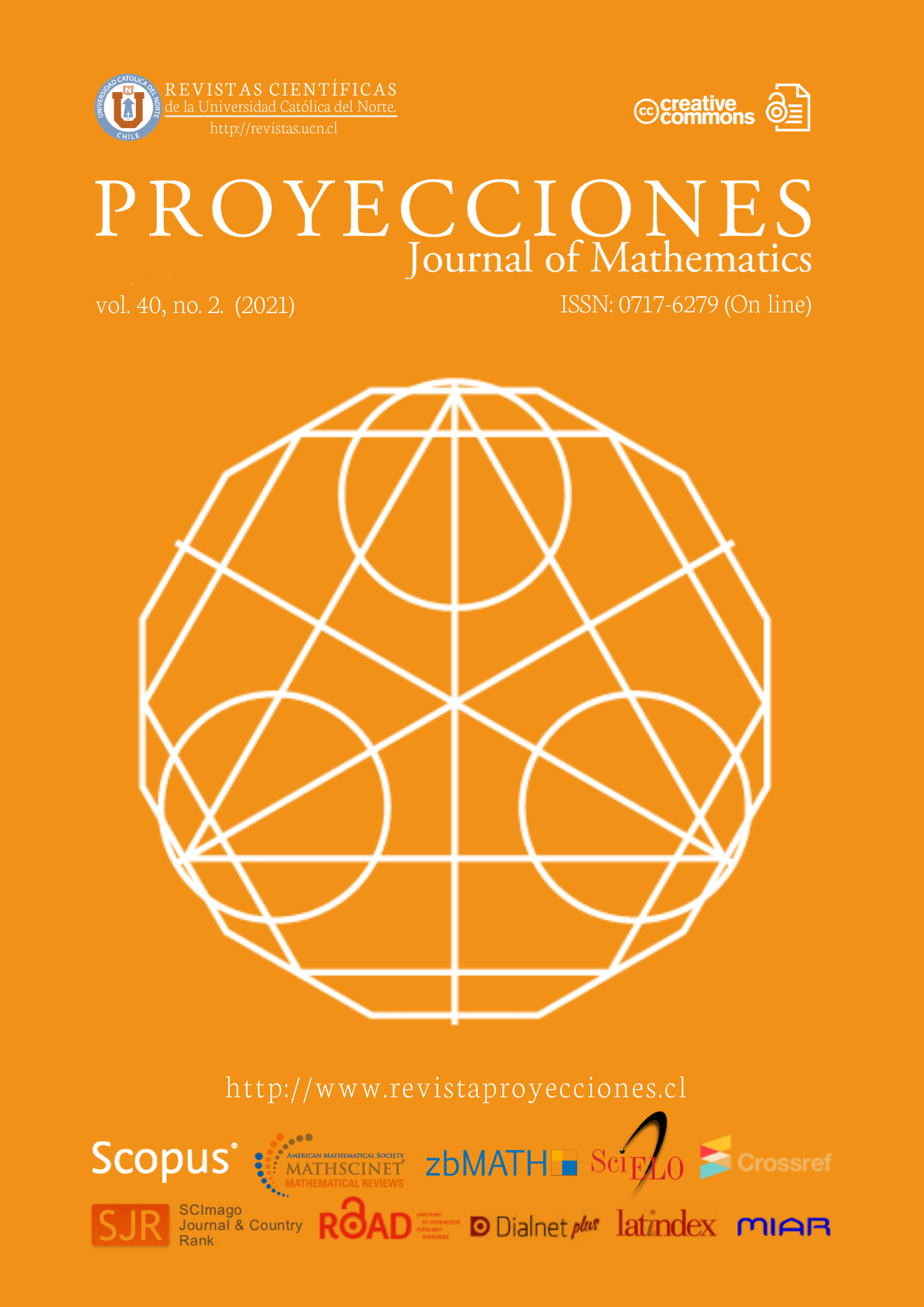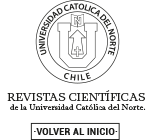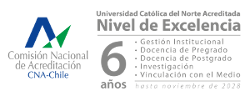Regularity and normality in ideal bitopological spaces
DOI:
https://doi.org/10.22199/issn.0717-6279-2021-02-0026Keywords:
Bitopological spaces, Ideal bitopological spaces, Separation in bitopological spaces, Separation in ideal bitopological spacesAbstract
We introduce, and study, the regularity and normality in ideal bitopological spaces, absent subject in literature. Our definitions have the advantage of using only the open sets of the two underlying topologies. These new concepts represent generalizations of Kelly's concepts of pairwise regularity and pairwise normality. The extension of the T0, T1 and T2 axioms to these spaces is due to Caldas et al.
References
D. Jancovic and T.R. Hamlett, “New topologies from old via ideals” , The American Mathematical Monthly, vol. 97, no. 4, pp. 295-310, Apr. 1990, doi: 10.1080/00029890.1990.11995593
J.C. Kelly, “Bitopological spaces”, Proceedings of the London Mathematical Society, vol. s3-13, no. 1, pp. 71-89, 1963, doi: 10.1112/plms/S3-13.1.71
R. Newcomb, “Topologies which are compact modulo an ideal”, Ph.D. dissertation, University of California at Santa Barbara, 1967.
A. Mukharjee, “Some new bitopological notions”, Publications de l'Institut Mathematique, vol. 93, no 107, pp. 165-172, 2013, doi: 10.2298/PIM1307165M
N.R. Pachón Rubiano, “Between closed and Ig-closed sets”, European journal of pure and applied mathematics, vol. 11, no. 1, pp. 299-314, Jan. 2018, doi: 10.29020/nybg.ejpam.v11i2.3131
N. R. Pachón Rubiano, “Some properties of ℐ-Hausdorff, ℐ-regular and ℐ- normal spaces”, Scientific studies and research, series Mathematics and informatics, vol. 28 no 2, pp. 49-62, 2018. [On line]. Available: https://bit.ly/2ZZHDRe
I.L. Reilly, “On bitopological separation properties”, Nanta mathematica, vol. 29, pp. 14-25, 1972.
R. Vaidyanathaswamy, “The localization theory in set-topology”, Proceedings of the Indian Academy of Sciences, vol. 20, pp. 51-61, 1945, doi: 10.1007/BF03048958
Published
How to Cite
Issue
Section
Copyright (c) 2021 Néstor Raúl Pachón Rubiano

This work is licensed under a Creative Commons Attribution 4.0 International License.
-
Attribution — You must give appropriate credit, provide a link to the license, and indicate if changes were made. You may do so in any reasonable manner, but not in any way that suggests the licensor endorses you or your use.
- No additional restrictions — You may not apply legal terms or technological measures that legally restrict others from doing anything the license permits.












